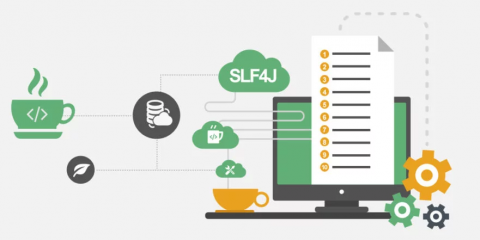Microservice Logging: Challenges, Advantages, and Handling Failures
One of the major developments in software design and delivery over the last few years has been a movement away from monolith applications towards microservices. One of the sticking points I’ve seen on numerous microservice applications is logging. There are some unique challenges with microservice logging that need to be addressed. In this article, we’ll look at how we can make logging in a microservice as painless as in a monolith.







